Why do those frowning vapors interpose
The Pulter Project
Poet in the Making

Poet in the Making


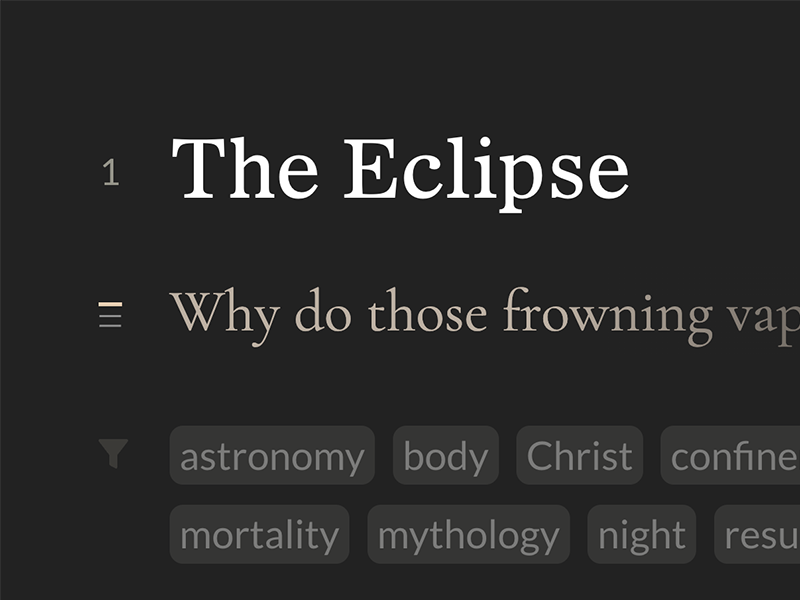
Below, Pulter’s 120 poems are listed in the order in which they appear in the manuscript.
Try our Comparison Tool to see different versions of a given poem side by side.
Or click on a tag (e.g., astronomy, insects, food) to filter the poems.
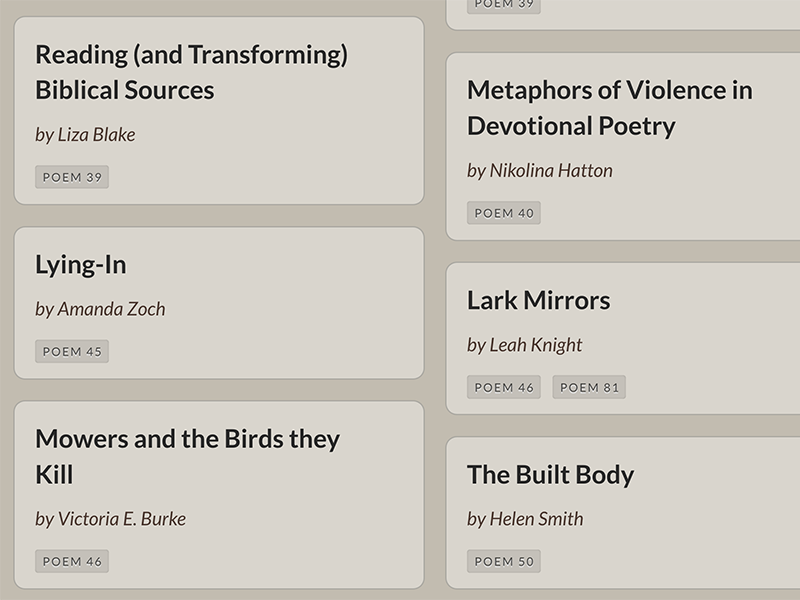
The Pulter Project’s Curations and Explorations are assembled on this page. Explorations appear first, in alphabetical order by title; then Curations appear, ordered first by poem number and then by title.
You can choose to display only Curations or Explorations with the controls at right; or click on All filters to select by Contributor or Keyword.
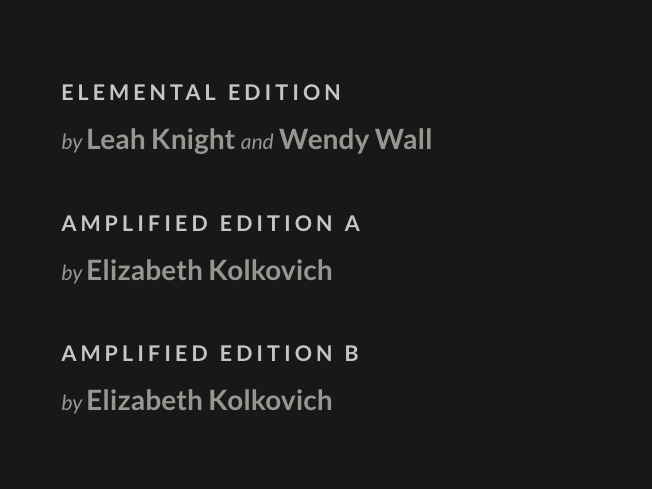
Those encountering Pulter for the first time might start with the elemental editions, with their modernized text and relatively simple annotations.
Those ready for more will enjoy the amplified editions, each governed by its own principles and more extensive annotation.
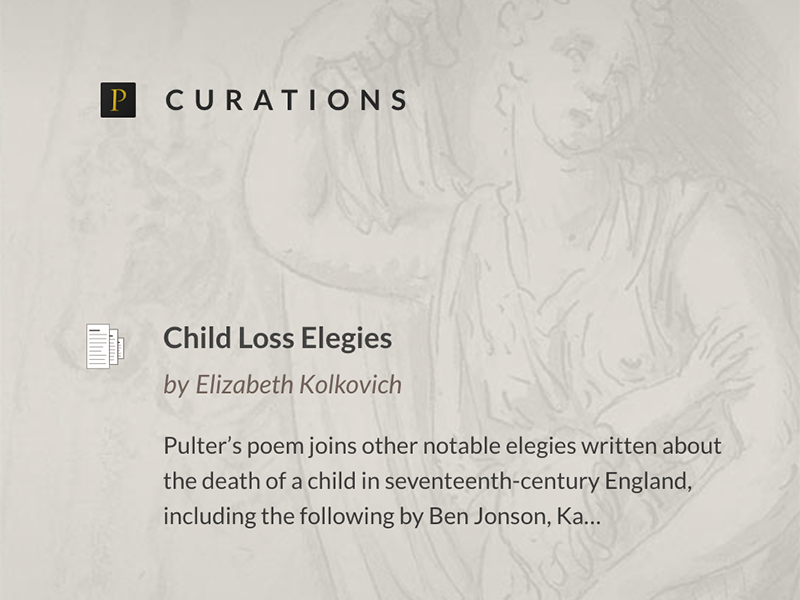
Curations offer an array of verbal and visual materials that invite contemplation of different ways in which a particular poem might be contextualized. Sources, analogues, and glimpses into earlier or subsequent cultural phenomena all might play into possible readings of a given poem.
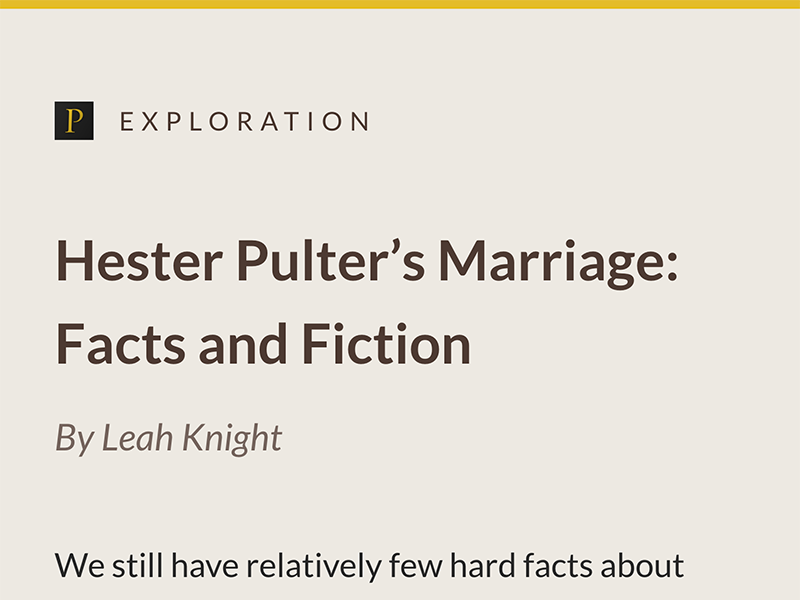
Explorations are gatherings of materials related to more than one of (or even all of) Pulter’s poems. We encourage readers to look beyond individual poems (and their poem-specific curations) to matters of broader relevance to Pulter and her work.